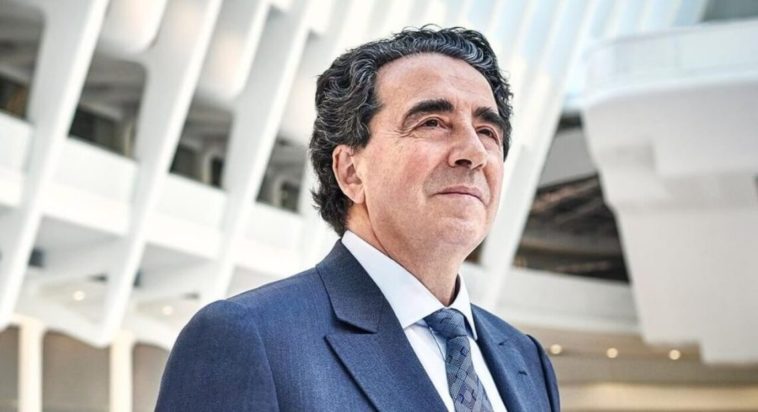Born on July 28, 1951, Santiago Calatrava Valls is a multifaceted individual hailing from Spain, known predominantly for his work in architecture but also excelling in sculpture and structural engineering. Currently making his home in New York City, he operates his main professional headquarters out of Zürich, Switzerland, but has expanded his influence through additional offices in key cities like Paris and Valencia.
Early Life and Education
Santiago Calatrava was born in Benimàmet, an old municipality now integrated as a part of Valencia, Spain. His early inspirations in design and architecture were notably shaped by the diverse culture and historical sites of his homeland. He went on to study architecture at the Polytechnic University of Valencia and later pursued postgraduate studies in civil engineering at the Swiss Federal Institute of Technology (ETH) in Zürich. This educational background laid the foundation for his hybrid skills in both architecture and engineering, enabling him to envision and execute complex, multifunctional structures.
Career Highlights
Calatrava initially gained international attention for his designs that married both form and function, often resembling living organisms or natural elements. His works include a variety of structures, from bridges to railway stations to cultural centers and skyscrapers. Notable projects include the Turning Torso in Malmö, Sweden, a residential tower that twists skyward, and the Oculus in New York City, a transportation hub that evokes the image of a bird in flight.
Architectural Philosophy
Calatrava's architectural designs often incorporate motion as a static element, meaning that they give the illusion of movement while being stationary. He frequently draws from natural forms and mechanisms, using mathematical precision to manifest these inspirations into the real world. His projects are also characterized by a sense of lightness and fluidity, often using materials like steel, concrete, and glass to achieve both structural stability and aesthetic grace.
Sculptural Works
In addition to being an architect and engineer, Calatrava is a gifted sculptor. His sculptures often echo the same organic inspirations found in his larger architectural projects. They frequently feature the human form and elements of nature, executed with a minimalist aesthetic that complements his engineering background.
Global Influence
Although he originally hails from Spain, Calatrava's influence is decidedly international. His primary office may be in Zürich, but his impact is felt in cities worldwide, including Athens, Dublin, and Rio de Janeiro, among many others. His work is not limited by geographical or cultural boundaries, and his projects often become landmarks that help to redefine the landscapes they inhabit.
Offices and Current Residency
Calatrava has strategically situated his offices across various global cities to tap into different cultural and architectural movements. He chose Zürich as the location for his principal office, a testament to the city's strong engineering culture and its central location in Europe. Additional offices in Paris and Valencia allow him to stay connected to both his European roots and the international design scene. Furthermore, his residence in New York City positions him at the heart of one of the world's leading centers for art, architecture, and culture.
Awards and Recognition
Over the years, Calatrava has received numerous accolades for his innovative and transformative work. These include the Prince of Asturias Award for the Arts, the European Prize for Architecture, and an honorary degree from the University of Seville. His work has been widely exhibited and he is often invited as a lecturer at prestigious institutions around the globe.
In summary, Santiago Calatrava Valls is a versatile talent whose works in architecture, sculpture, and structural engineering have made a profound impact on the global design landscape. With offices stretching from Europe to North America, and a creative approach that blends form with function, Calatrava has cemented his legacy as one of the most innovative and influential architects of his time.





